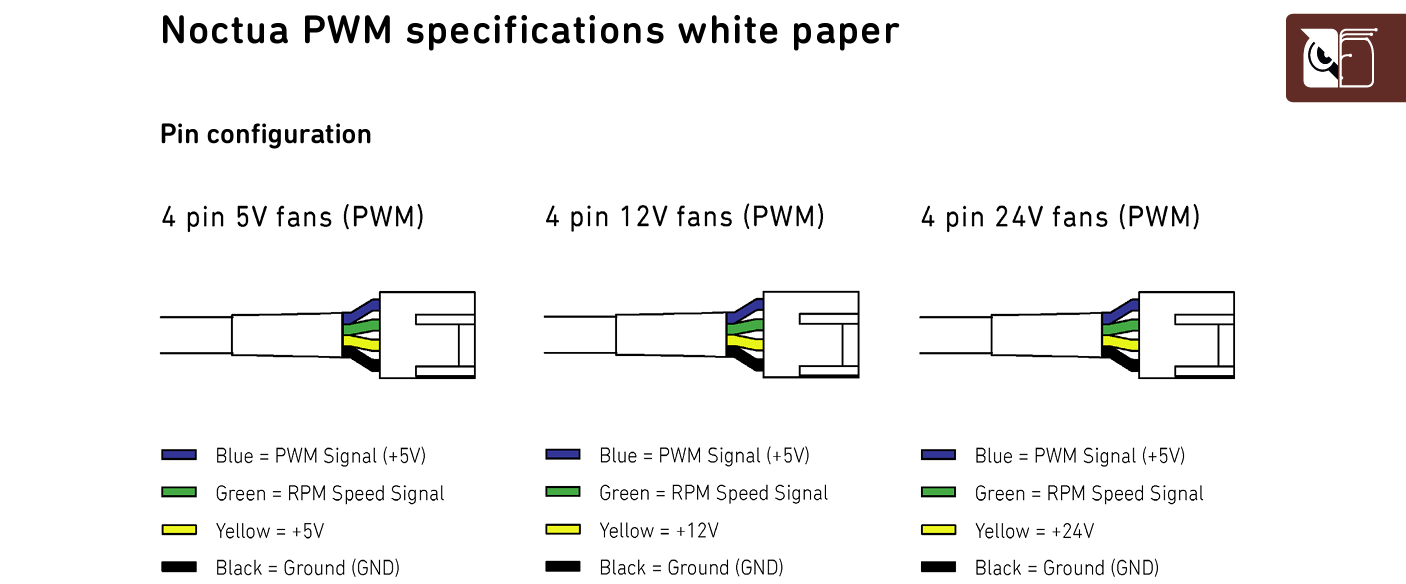@bot regarding the pressure inside the melt chamber:
The new e3d Hermera extruder can push filament with up to 10ish kg (100N).
1,75mm Filament has a cross section of roughly 2,4mm^2.
100N / 2,4mm^2 = 40N/mm^2
Hence the pressure inside the hotend can't exceed 40N/mm^2 = 40MN/m^2 = 40MPa = 400bar
This is the maximum pressure based on the design of the gearing. The NEMA17 Motor can't produce the torque to reach that pressure. There is insufficient information about the real-world pushing force of this extruder.
https://e3d-online.dozuki.com/Document/H4JSEgZEtxEsa5oE/Hemera-Datasheet-(Edition-1).pdf
If the viscocity of molten plastics in the hotend is known one could calculate the pressure needed to uphold a given materialflow through the nozzle. Such calculation can also correct for the nozzle shape and material (friction), making comparison between brass and non-stick coated nozzles possible.
BR, Marius

